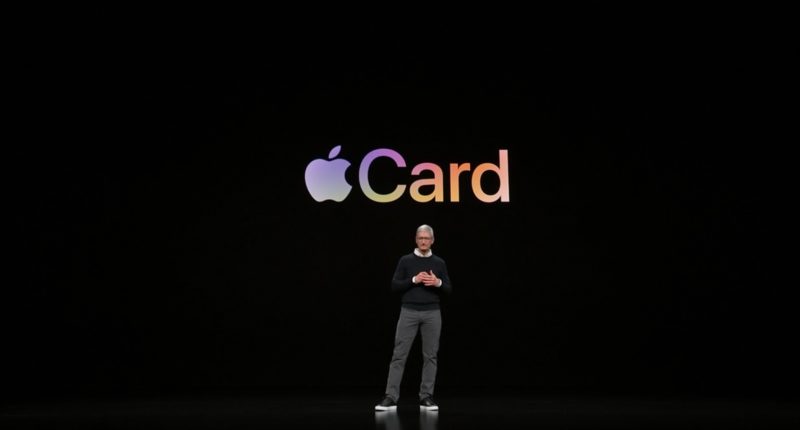Apple has started the roll out of Apple Card for a limited number of users that signed up for notification about the release of Apple Card on Tuesday. These users get to apply for Apple Card through their Wallet app and order their physical Apple Card.
Apple is betting big on payments, as its core smartphone business stagnate amid critical reviews. Apple Card enables users to make payments through the Wallet app on their iPhone. Users can also get a titanium card designed by Apple (though it’s optional).
To start with, the sign up is a breeze. A few minutes on the Apple Pay app and you can simply sign up for the new Apple card. Obviously, it is designed for the iPhone, and works with the Wallet app.
Once you sign up for the Apple card, you can almost immediately start using it. You can tap on the card to check for your last transactions. The transactions, unlike your usual credit card statement, will make sure that full merchant name appears instead of the coded, half-lettered ones that appear. This is something proprietary from Apple, and the company uses machine learning to determine the merchant. A mini location will also be shown using Apple Maps.
The transactions are categorized such as Education, Shopping, Food & Drinks, and every category has a different color. Users can easily track their monthly or weekly expenditures through color-coded graphs where each bar corresponds to a specific category. Matthew Panzarino of TechCrunch who tested the Apple Card mentioned that the virtual card changes its color depending upon the category where the money is spent most.
Another feature that distinguishes Apple Card from other credit cards is the fact that it repays a certain percent of the transaction amount into your wallet. Unlike many services that offer points that have to be redeemed for cash, Apple Card offers Daily Cash to its users. This means that users of Apple Card won’t be able getting super rewards which include hotel rewards and airline tickets.
The cashback is awarded as per three categories. The first category includes purchases made through Apple Stores, the App Store and Apple subscriptions and the cashback is 3%, Panzarino said. Whereas purchases from Apple Pay get 2% cashback and that with the physical card get 1% cashback.
With no annual, cash‑advance, over-the-limit, or late fees, Apple is trying to provide interest rates that are among the lowest in the industry. It recommends the user how the interest can be avoided by paying in minimum parts of the balance in real-time, depending upon the due dates and balance.
Payments are authorized by Face ID or Touch ID (or unique transaction codes). Apple Card employs the same security features that are used by Apple Pay.
The titanium Apple Card is unique because there are no visible printed numbers on the surface of the card. The only thing visible on the card is the name of its owner and an NFC chip. The user just needs to tap the card reader with the Apple Card to make payment. For online payments, there’s a virtual card number in the Wallet app which is auto-filled if the Safari browser is used. In case the card is lost, the user can issue a new card and freeze the previous one.
The physical card uses MasterCard’s global payment network and every card is issued by Goldmann Sachs. As for privacy concerns, Apple has said that Goldmann Sachs will be using the user’s data only for operating the Apple Card. None of the data will be used for advertising or be sold to third parties for marketing.
